Vietnam is the world's leading rice producer and exporter. Rice not only feeds tens of millions of farmers but also makes an important contribution to the trade balance, food security and national image in the international arena. However, the rice industry is also facing huge challenges due to climate change, environmental pollution from farming activities, and competitive pressure on quality and brand in the global market.
Therefore, the first batch of low-emission rice "exported" at a price of 820 USD/ton, 100-150 USD higher than the general level, shows that if we change our thinking and way of doing things, Vietnamese rice will not only sell at a high price but also conquer the most demanding markets.
However, low-emission rice cannot be produced without drastic changes in cultivation. The 1 million hectare high-quality, low-emission rice project implemented by the Ministry of Agriculture and Environment is the "backbone" for that change. Unlike the old way of making the most of land to achieve high yields, farmers are now guided in cultivation techniques that combine productivity, quality and environmental protection. This is a shift in thinking from "putting output first" to "optimizing efficiency and sustainable development".
Deputy Minister of Agriculture and Environment Tran Thanh Nam said that this is a process of profound transformation of thinking. When farmers change their way of thinking and working, they not only produce rice but also become "green warriors" to protect the global environment. The acceptance of Vietnam's low-emission rice in the Japanese market - a country famous for its strict food safety and environmental standards - has many layers of meaning. Firstly, it confirms that the rice cultivation process according to the standards of the 1 million hectare project fully meets the requirements of the high-end market. Secondly, it opens the door to other potential markets such as the EU, the United States, and South Korea - where "green" standards are gradually becoming a prerequisite for agricultural products.
To achieve this, both businesses and farmers are required to strictly adhere to the production process with more than 600 active ingredients that need to be controlled according to Japanese requirements. This means that low emissions are just one of many factors in the comprehensive control chain of rice grain quality.
A notable point is that the Vietnam Rice Industry Association (VIETRISA) in coordination with international organizations such as IRRI, WB, SNV... has promptly developed and issued regulations on the use of the "Low-emission Vietnamese Green Rice" brand. From a technical project, Vietnam has taken a big step forward in establishing an identity system, certification mechanism, and brand protection for low-emission rice products. This is also a strategic action, creating added value and ensuring long-term benefits for farmers and businesses. In addition, it is impossible not to mention the role of rice value chain transformation projects, which have supported training, technology transfer, and accompanied farmers from the fields to the market. They are part of the "action triangle" structure: Policy - technology - market, helping the dream of "Vietnamese green rice" become a reality.
Thus, the first batch of "green" rice exported to the world not only creates economic value but also serves as a "seed" for the aspirations of Vietnamese agriculture to rise. Although the first batch of low-emission rice is only 500 tons and Vietnam has only granted certification to 7 enterprises, the important thing is that the path is paved, the mindset is established, and the market accepts it. The remaining issue is to expand the scale and standardize the production process to maintain consumer confidence.
Source: https://hanoimoi.vn/tu-duy-xanh-cho-xuat-khau-gao-705058.html










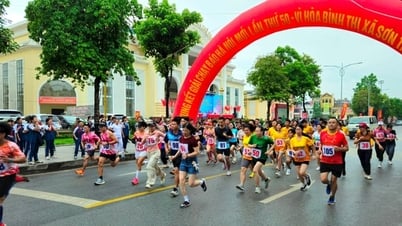


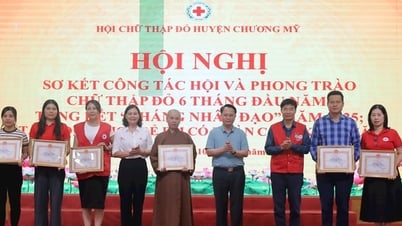
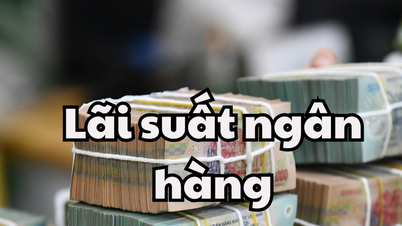
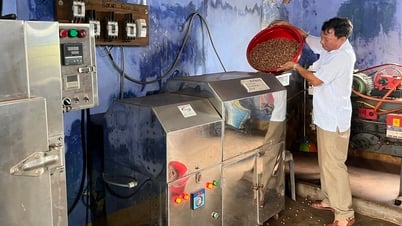





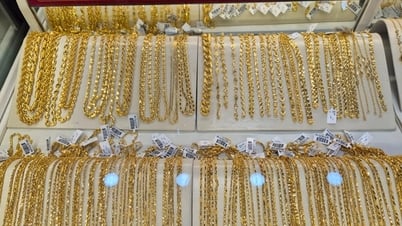
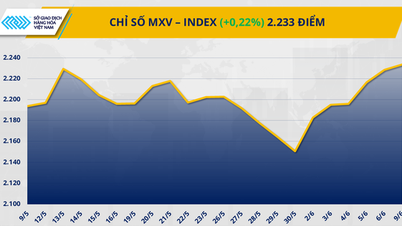


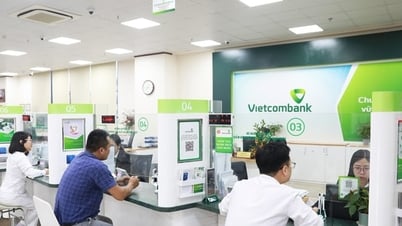
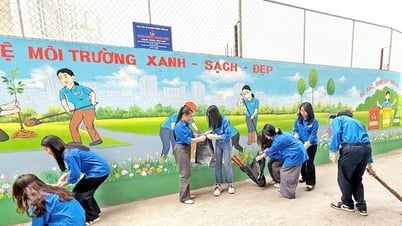

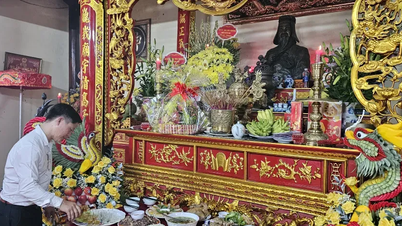



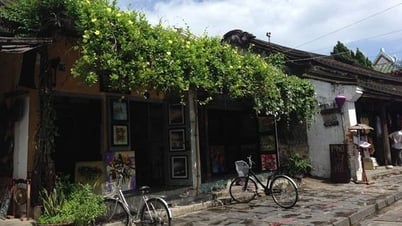









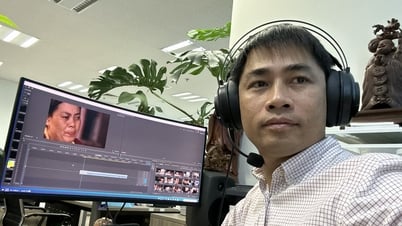

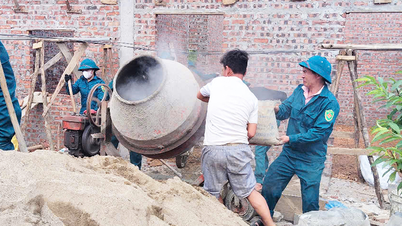

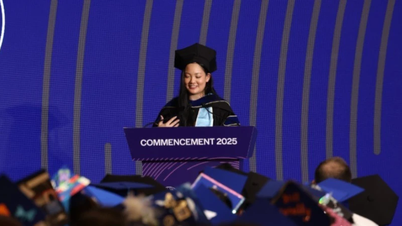









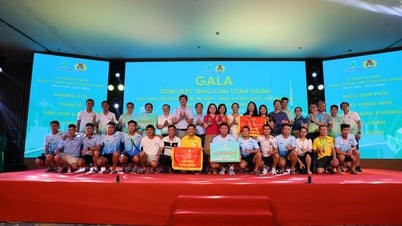

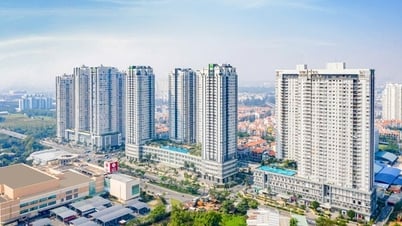
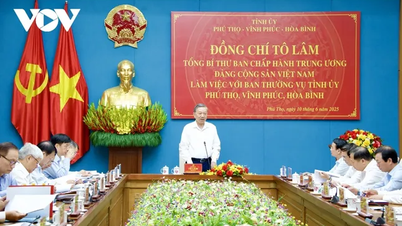

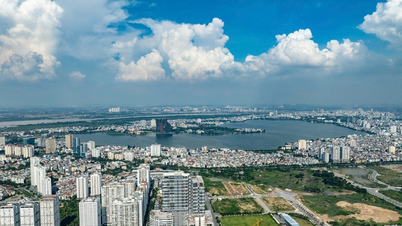
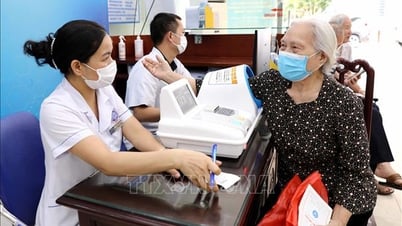

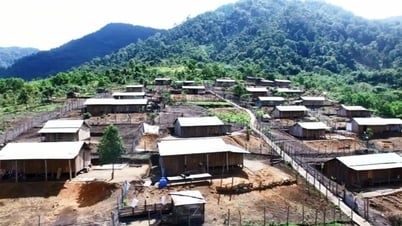

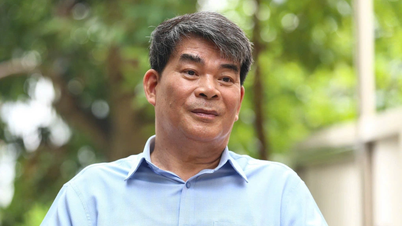
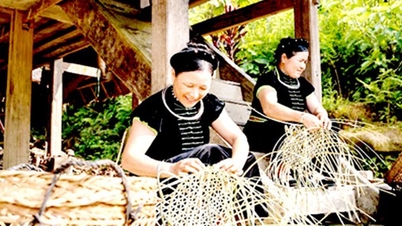



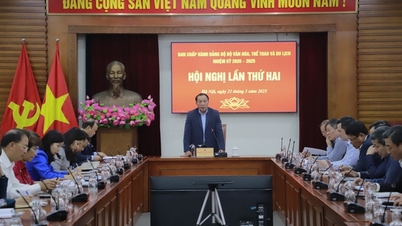
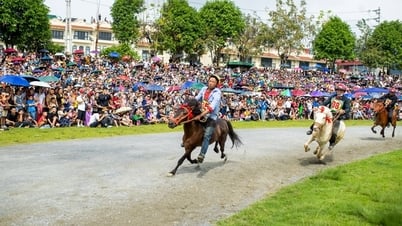



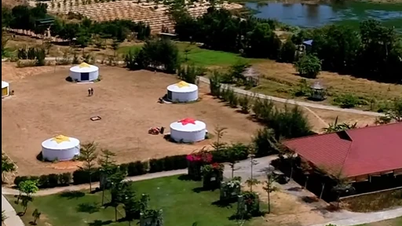


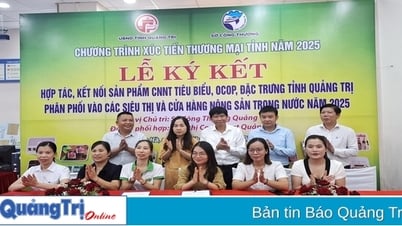

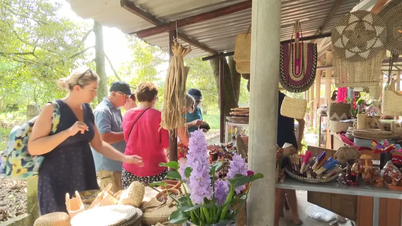



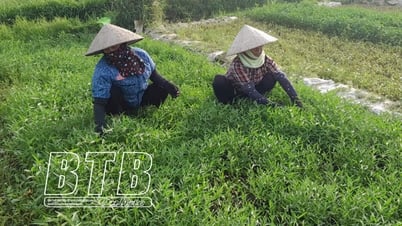
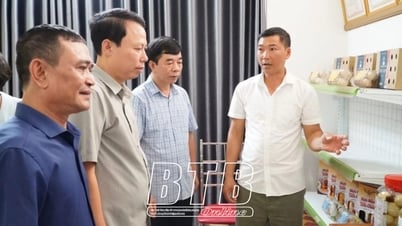
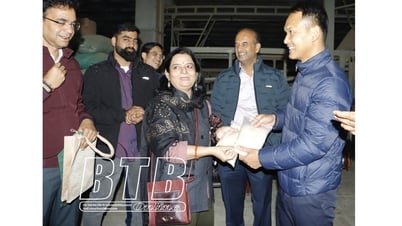
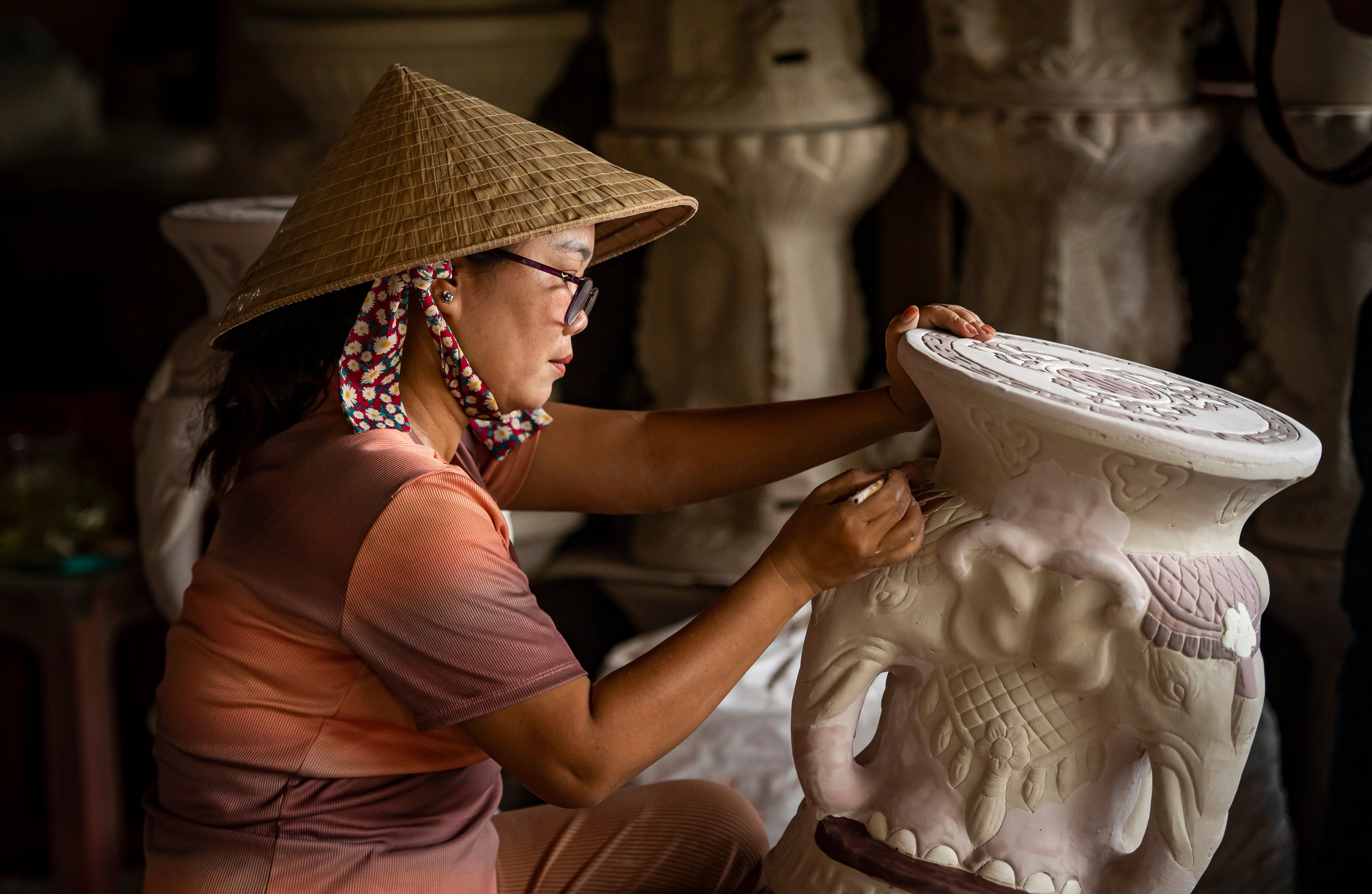
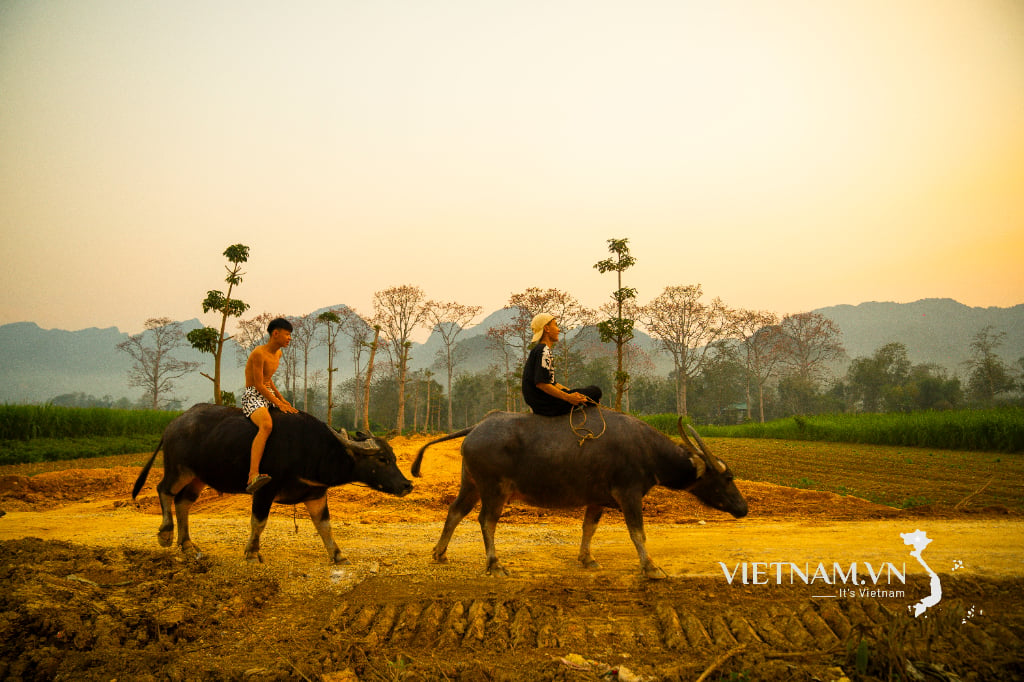

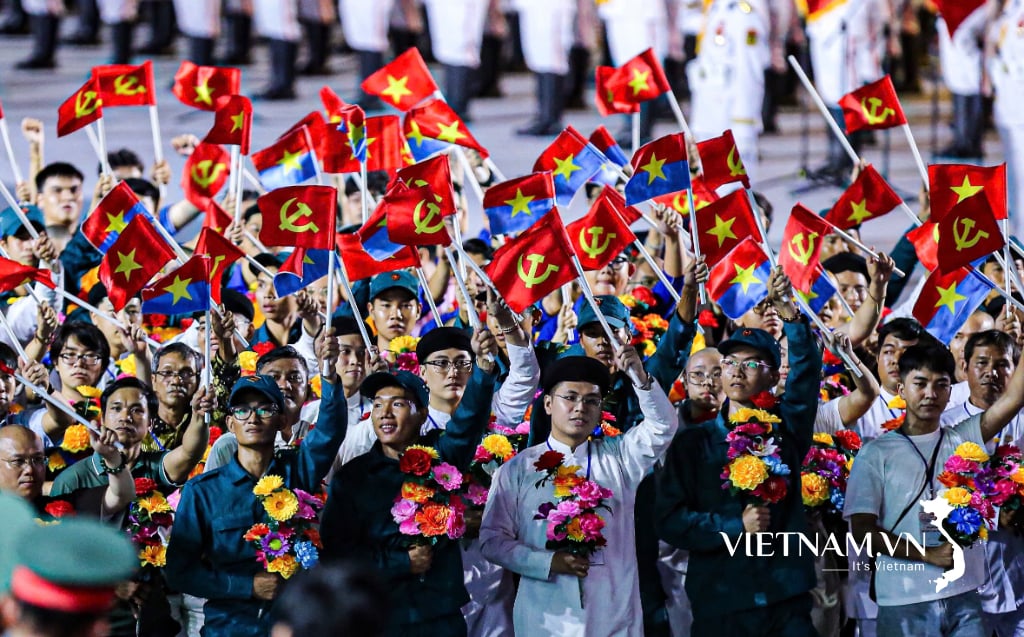
Comment (0)